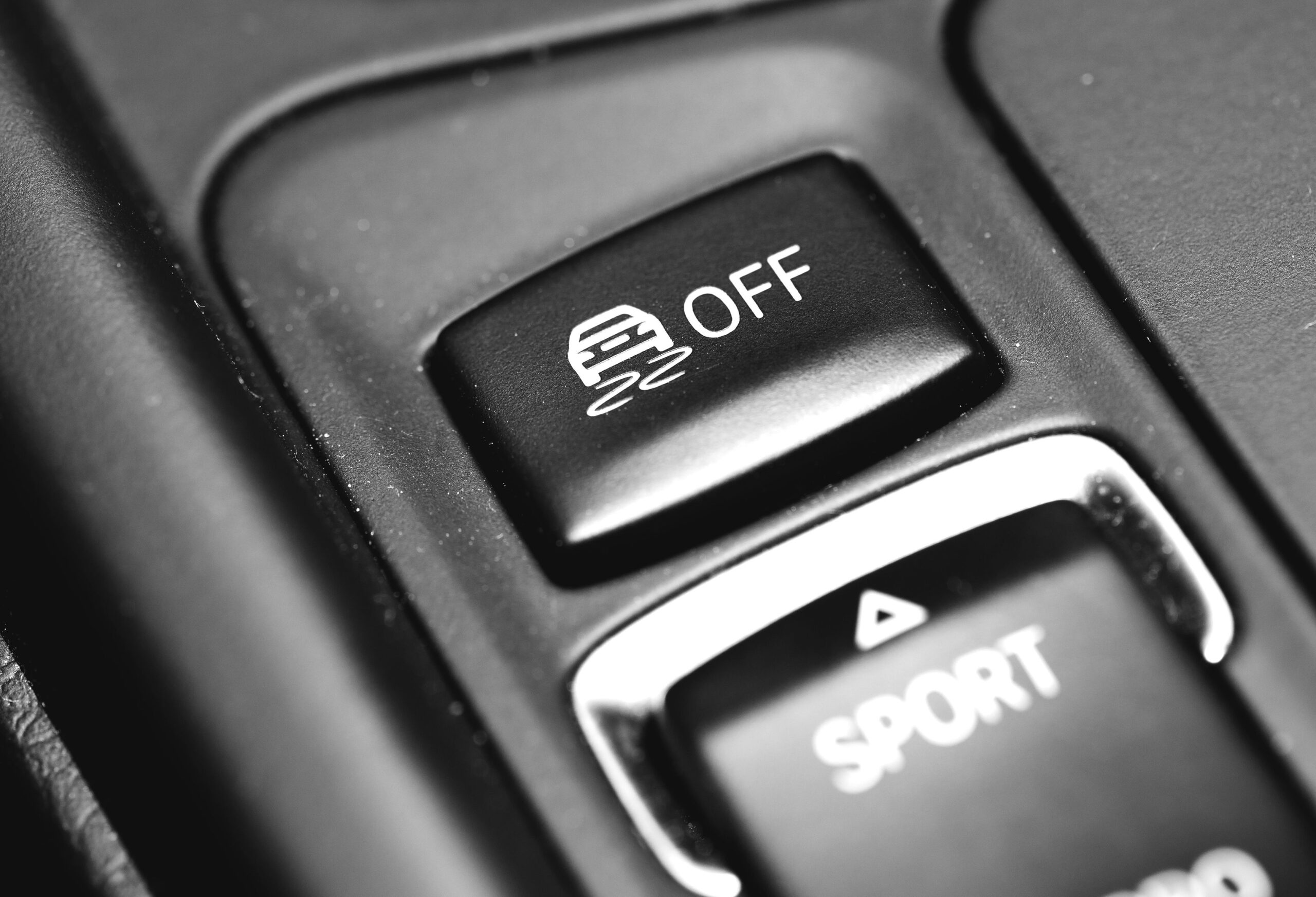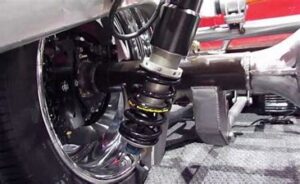Traction control systems (TCS) are a common feature in contemporary vehicles. When torque is provided to accelerate, the wheel’s gravitational pull is controlled. The pull control puts a stop to the wheel’s revolution. Therefore, close it and shift your wheels if you are stuck on a slippery slope and are unable to escape. It functions when the computer notices wheel rotation or sliding, which causes traction control turns off by itself.

Table of Contents
How Does Traction Control Work?
Wheel speed sensors are used by traction control to identify when one wheel is rotating more quickly than the others. In this scenario, the sliding wheel is opened by the ABS, causing it to slow down. If the tire is slick, it may re-contact the road, releasing the car’s brakes. In some circumstances, in addition to utilizing the ABS to apply the brakes, the ECU will also lower engine torque.
A stability control system is also standard in most cars. Similar to ABS, stability control also employs it. Even on slick roads, this mechanism keeps the automobile moving in the desired direction. Since the two systems interact, the effectiveness of one system may have an impact on the other.
Traction Control Turns Off By Itself: What Are The Causes?
Normally, the drag control light will turn on while you’re accelerating. If this occurs, you should remain calm and concentrate on correctly stabilizing the steering wheel.
You must exercise extreme caution in this situation since the pull control system won’t be as helpful to you as it once was. The best course of action is to reduce your speed and contact a local professional to fix the issue.
1. Inoperative Wheel Speed Sensors
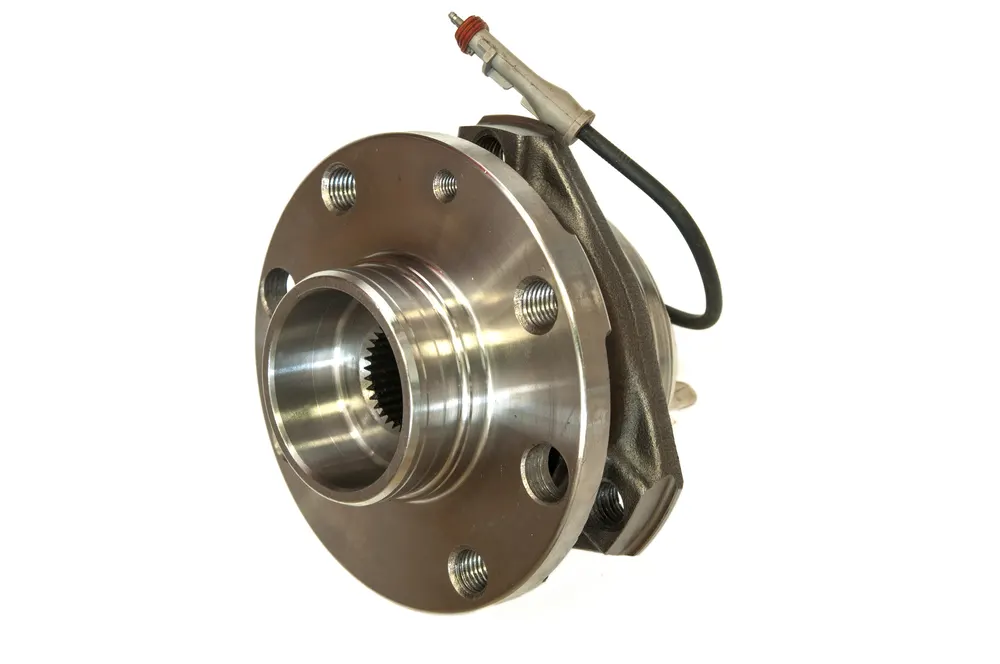
Your engine control unit and drag control system are both connected to wheel speed sensors. These sensors are in charge of measuring the rotational speed of your wheels. Every wheel has a separate sensor. The wheel speed sensors will notice a change and alert the tow control system if any wheel’s rotation speed varies abruptly or irregularly as you accelerate. However, the pull control system won’t be alerted if the wheel speed sensors aren’t functioning. Your vehicle will then stop pulling, causing the pull light control to shine. Your ABS or brake light can also turn on if your tire speed sensor is malfunctioning.
2. Failure of the Steering Angle Sensor
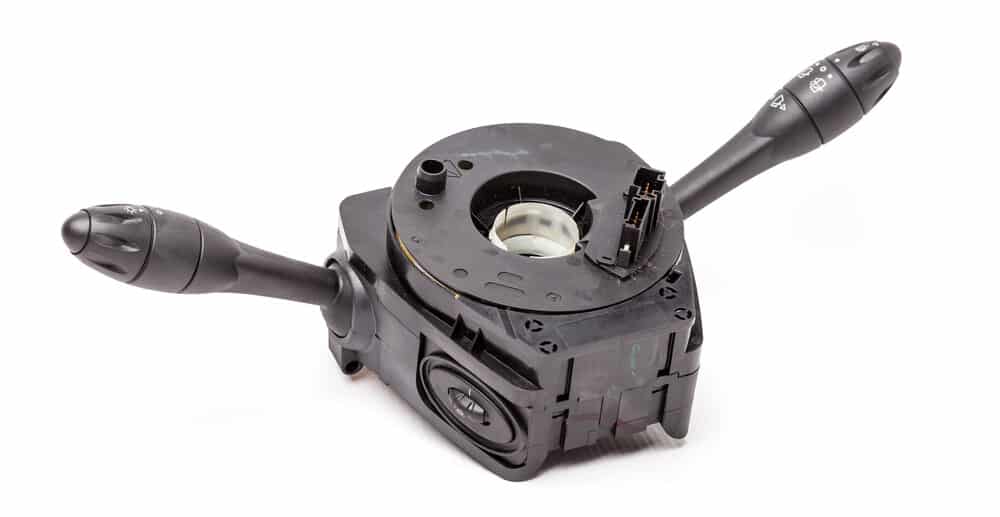
The steering angle and degree of the turn are calculated using the directional angle sensor. In order to correctly detect the angle and track it, the sensor is placed in the directional column. This sensor is typically employed by the stability control system to detect the driver’s intended path. When the sensor fails, the drag control light will flash. With a defective clock, you can detect difficulties with stability control.
3. Unfavorable Driving Conditions
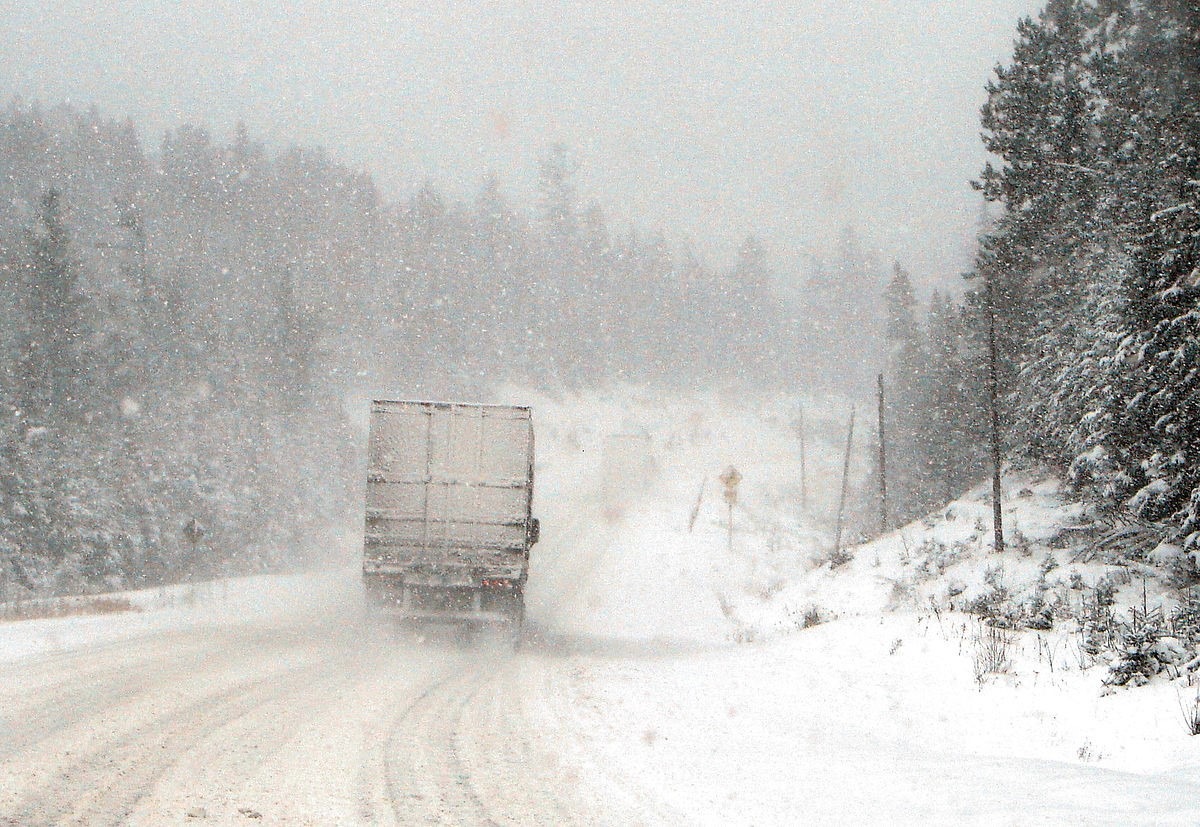
Your traffic control system might not be able to transport you if traffic conditions are too harsh. For instance, maintaining roads will be challenging if you reside in a region where there is a lot of snow and ice on the ground. If you drag too much, the drag control light can turn on and light up the dashboard. You can only really move your automobile to a better location with safer roads. If you haven’t already fitted winter tires, think about getting them.
For the remainder of the season, winter tires are more appropriate for slick driving conditions than your standard tire. You may purchase a backup wheelset and switch them out as needed if you have the room because it is helpful in situations of traction control turns off by itself.
4. A Faulty Steering Rack
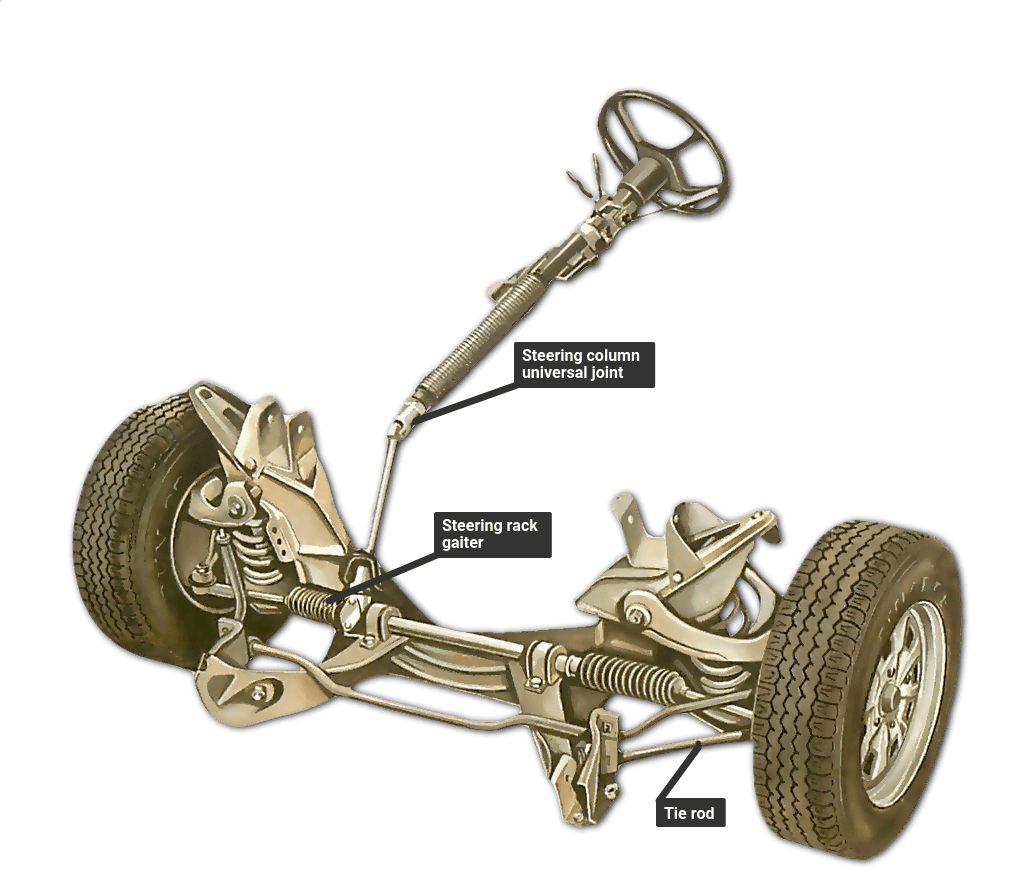
The steering rack is a component of the power steering system that is coupled to your steering wheel. It receives the high-pressure hydraulic fluid required to operate the steering wheel effortlessly. A smooth, easy-to-control steering wheel is part of having a solid grip. As a result, if your steering wheel is faulty, it will be tough to drive your automobile down the wrong path. As a result, traction control turns off by itself.
5. Programming Issues

The pull control system may at some point need to be reorganized due to issues with the existing system. These system flaws can occasionally develop over time. Sometimes they are the consequence of a feature or monitor from the manufacturer. The drag control light will blink if the drag control system is having this issue. System issues can only be fixed by a qualified mechanic who specializes in your field and your automobile model.
6. Limp Mode
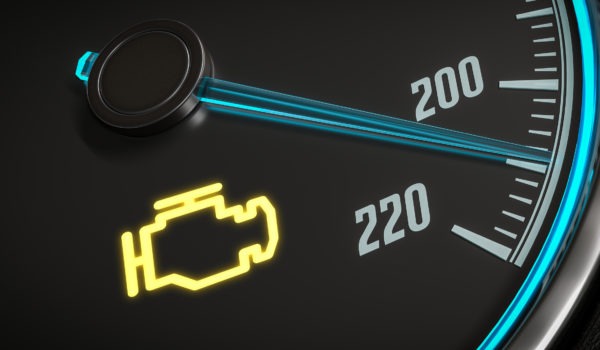
The dashboard of an automobile frequently lits up like a decoration when it shifts into a loose mode. The drag control light may be one of these lights. While the engine is kept secure in limp mode, the driver may still be able to “hook” his automobile into mechanics to have it fixed. As a result, the driver won’t become trapped and require assistance.
7. Using Manual Override

The pull control or stability control systems may often be turned off by pressing a button on most vehicles. If you become bogged in heavy mud or snow, you might want to turn off the drag control. Sometimes a tiny slip of the wheel might put you at ease. Drag control and stabilizing systems can be turned off in sports vehicles so that the driver has more control over the handling performance of the vehicle. When you restart the car, the manual pull control may still turn on even if you disable it. Every drag and stabilization control system is unique. The technique of turning them off is no different. To learn about specific vehicle operations, consult your manual.
Conclusion
After going through all the possible reasons for that causes traction control turns off by itself. It is important to note that when speeding or turning outside when it’s rainy or slick, it’s important to take additional precautions. The car could operate in an unexpected manner when the traction control automatically goes off in such circumstances. It might be really frightening if you are not accustomed to the sensation of a slipping automobile. A wheel that is rolling will hold more than one that is slick. Avoid upsetting the equilibrium of the automobile by driving at a good speed, steering, and braking. In the direction, you wish to go, gaze as far away from the road as you can. Keep in mind to safeguard your car and yourself.
Feel free to comment on what you think about the article.
Read also: https://hydraulicsuspension.com/smoke-coming-out-of-ac-vent/
